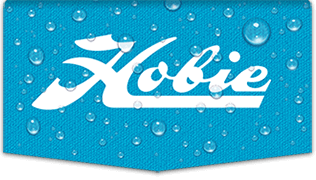You "can" make a jib out of nylon. It will hold its shape until the apparent wind reaches about 12 kts or so (true wind of 8 and 4 kts of boatspeed for example (yah, I know it's not accurate because of that additive vectors, but I'm lazy)). Once the wind blows faster or the boat goes faster, the jib shape will stretch to less aerodynamic and have more drag plus you'll lose some pointing. Big boats make big jibs out of nylon for really light conditions--they are classed "windseekers". My own experience with both windseekers and a nylon jib bears out their utility until the apparent wind is in the 10-12 kt range.
I'd stick with a polyester fabric since it doesn't stretch as much. Dacron is a very nice material for a sail and is readily available. If you want something as light as nylon but as non stretch as dacron, there is stuff called "code zero" fabric which is a polyester with twaron reinforcement.
http://www.kayospruce.com/index.asp?sel ... %20Fabrics The material cost is nothing compared to the labor cost of having a sailmaker make a jib.
What treatment do you plan for the luff of the jib? Most jibs aren't designed to take much load along the luff since they typically have a forestay that they are hanked onto. You might consider reinforcing the luff with some 1/4" polyester or better line...could get away with 1/8" if you use a high tech line. All you want is something to take the halyard load instead of the fabric. The luff has to be really taut for the jib to work well. First few times out with this system, keep an eye on your mast and mainsail. You'll be pulling aft with your mainsheet along the leach and pulling forward on the mast from the middle (plus doubling the compressive force driving the mast down into the mast support). I don't anticipate a problem, but I'd watch it until I'd be sure of that.






